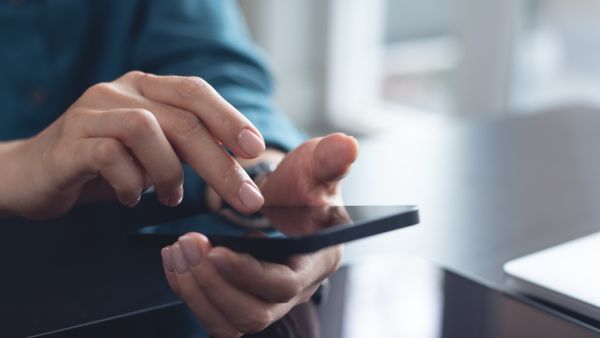Digital clutter that you are hoarding in your smartphone, may have serious implications on your mental health. Sadly, the new reality of our smartphones is all about unopened mails, text messages, and a recurring notification that the storage is almost full.
In an interview with CNN, Dr. Susan Albers, a clinical psychologist at the Cleveland Clinic in Ohio, said, “It’s something that triggers a lot of stress and anxiety, the collection of emails, pictures, open tabs — an overwhelming number of digital items that trigger overload.” Dr Albers further pointed out that it is a problem that is endemic to our generation, and the subsequent ones, unlike ancestors.
While anyone with a digital device may face issues of clutter at some point, it is important to know when it can turn into a disorder – digital hoarding.
Digital hoarding: What is it?
Dr Albers mentioned that our brains are wired to favour clarity and simplicity over chaos. That's why, when we need to wade through thousands of pictures, texts and information to find what we need, we may feel exhausted and drained.
Dr. Emanuel Maidenberg, a clinical professor of psychiatry and biobehavioral sciences at UCLA’s David Geffen School of Medicine, told CNN, “Maybe you want to hold on to memories through pictures or hang on to unneeded documents and files from college courses or old jobs just in case. But sometimes, when the behavior turns into large amounts of information being stored, it can be considered hoarding.”
Dr. Sanjaya Saxena, psychiatrist and director of clinical and research affairs at the Boston-based International OCD Foundation pointed out that about 8-12 million people in the United States are suffering from hoarding disorder.
It often depends on an individual when a digital clutter crosses the boundary and turns into a disorder, but it can have serious impact on our mental health.'
How to decrease digital clutter?
Dr Susan Albers shared a few ways to decrease digital clutter and address hoarding disorder:
Turn off unimportant notifications:
Turn off notifications from applications that are not urgent, and unsubscribe from advertisements and newsletters that are not essential. In short, prioritise what you want to see on your phone.
Set boundaries:
Use the silent mode and Do Not Disturb feature on your smartphone to set boundaries on digital exposure. This will allow you to be more present in your life, and not be bombarded with digital information throughout the day.
Do a digital detox:
Take a day off from using any kind of digital medium. Use that day to detox yourself and calm the nervous system from the constant pop of notifications. Have a clear plan on how to declutter your digital space slowly.











